Introduction
Selling a business comes with its challenges and complexities particularly when dealing with capital gains tax considerations can seem overwhelming at glance.This piece explores approaches that business owners can take to reduce tax obligations and enhance earnings when selling their business.Extending the ownership period of the business and exploring alternatives such as Employee Stock Ownership Plans (ESOP) along, with Qualified Opportunity Funds (QOF) present distinct benefits suited to situations.
Moreover strategies like selling in installments setting up trusts and utilizing 1031 exchanges for real estate offer additional opportunities, for effective tax planning. By delving into and applying these methods entrepreneurs can not just realize tax benefits but also secure a more seamless and financially rewarding transition. Whether evaluating a sale of stocks reinvesting through rollover equity or moving a business location this advice is intended to empower sellers with the information to make educated and advantageous choices.
Understanding Capital Gains Tax
Capital profits tax is a charge levied on the income you obtain from selling your enterprise at a higher value than the initial amount paid for it. It is important to grasp this concept as it can have an impact on the total profit gained from the sale transaction. An illustration of this is that the IRS does not presently enforce taxes on profits until they are recognized when you sell the asset rather than during its ownership period. 'This system can assist in reducing the workload of tasks and evening out financial fluctuations that may arise while owning assets. Additionally, bringing on board a tax consultant early on can offer significant benefits by advising on possible strategies to modify your operations for optimal tax advantages.'. This proactive step can better equip you for a sale. Assist you in handling the complexities of investment returns tax more efficiently.
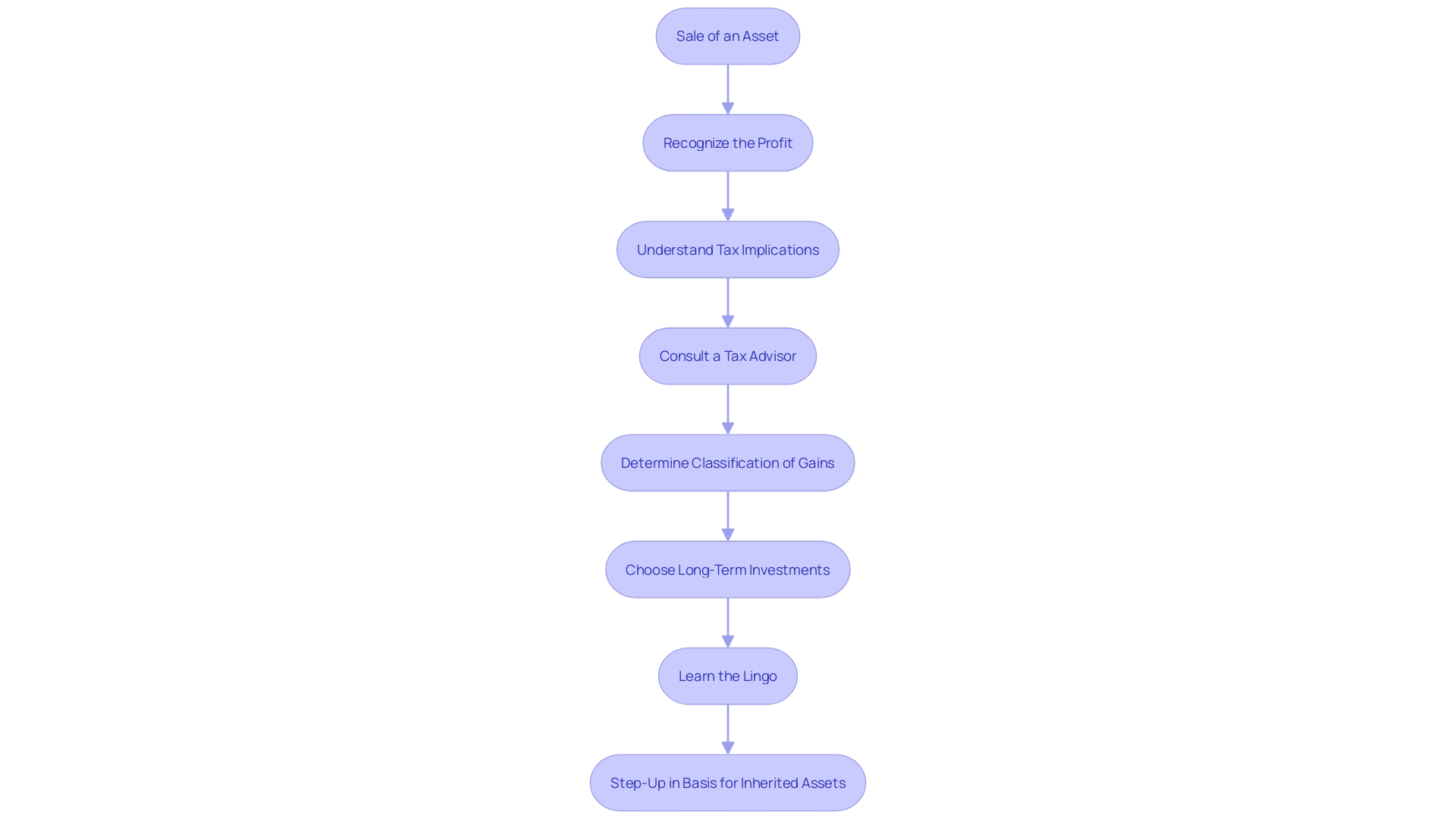
Hold Onto the Business for At Least a Year
A trustworthy strategy to lessen profit tax when selling your company is to keep ownership for more than a year. This approach allows you to benefit from the reduced long-term taxation levels in contrast to short-term rates. Vlad Rusz from Centaur Digital Corp stresses the significance of engaging in long term tax planning and handling accounts and investments, like 401(k) plans and municipal bonds. By maintaining your enterprise for the duration as stipulated by tax regulations, you enhance the likelihood of substantially decreasing the amount of taxes you owe. Keep in mind that the longer you hold ownership of the businesş the opportunity you have to decrease the tax payments when it comes time to sell it.
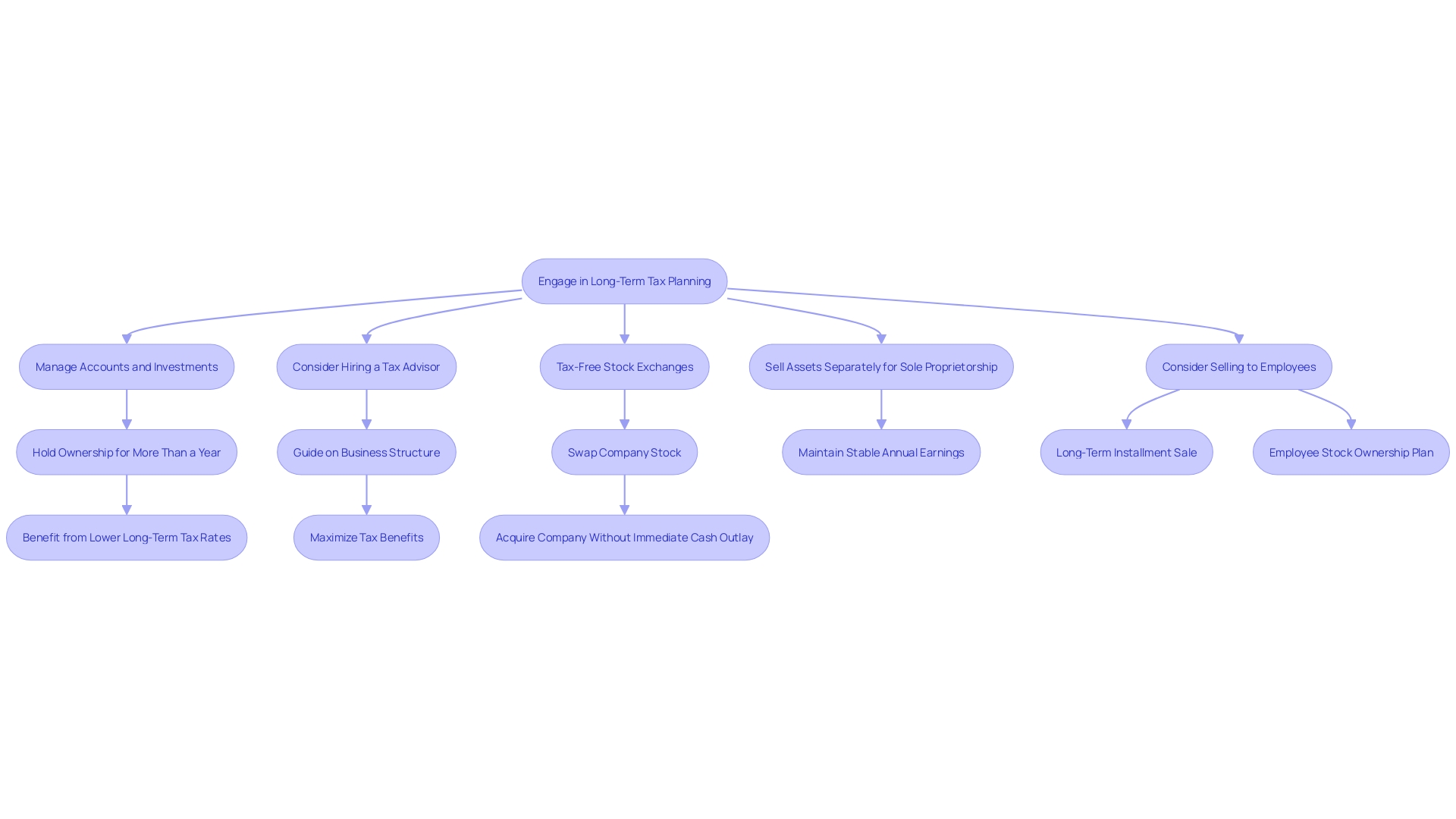
Use Correct Purchase Price Allocations
When selling a business it's important to divide the purchase price to lessen the capital profits tax you'll have to pay later on. Separating intangible assets allows you to assign higher values to assets such as real estate that are taxed at lower rates. This strategy not only reduces your tax bill but also follows recommended tax planning strategies. Experts suggest that effective tax planning involves looking over several years to align the company's objectives and investor goals with the intricacies of the Internal Revenue Code. In todays competitive market environmentstrategy is crucial as every financial gain matters greatly.
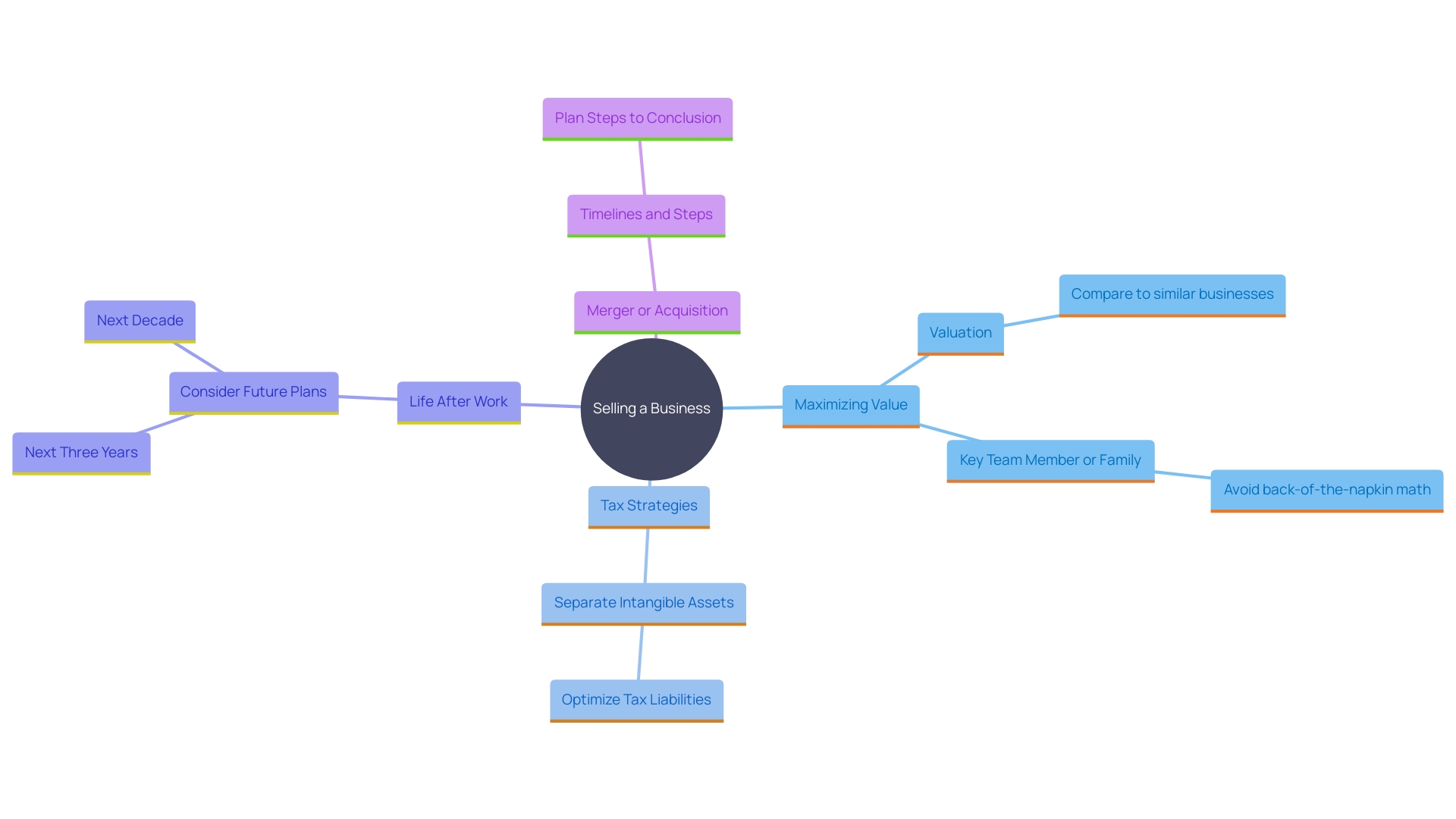
Opt for an Installment Sale
An installment sale provides a way to handle your tax obligations by dividing payments across multiple years instead of paying a large sum all, at once when the same occurs. This method allows you to pay taxes on the income received each year rather than in one hefty payment during the same year itself. By spreading out the income this way you can effectively reduce the tax responsibilities during the sale year. Gain more financial maneuverability. 'This method not only aids in improved management of your financial issues but also guarantees that you remain concentrated on achieving your sales goals without encountering immediate financial strain.'.
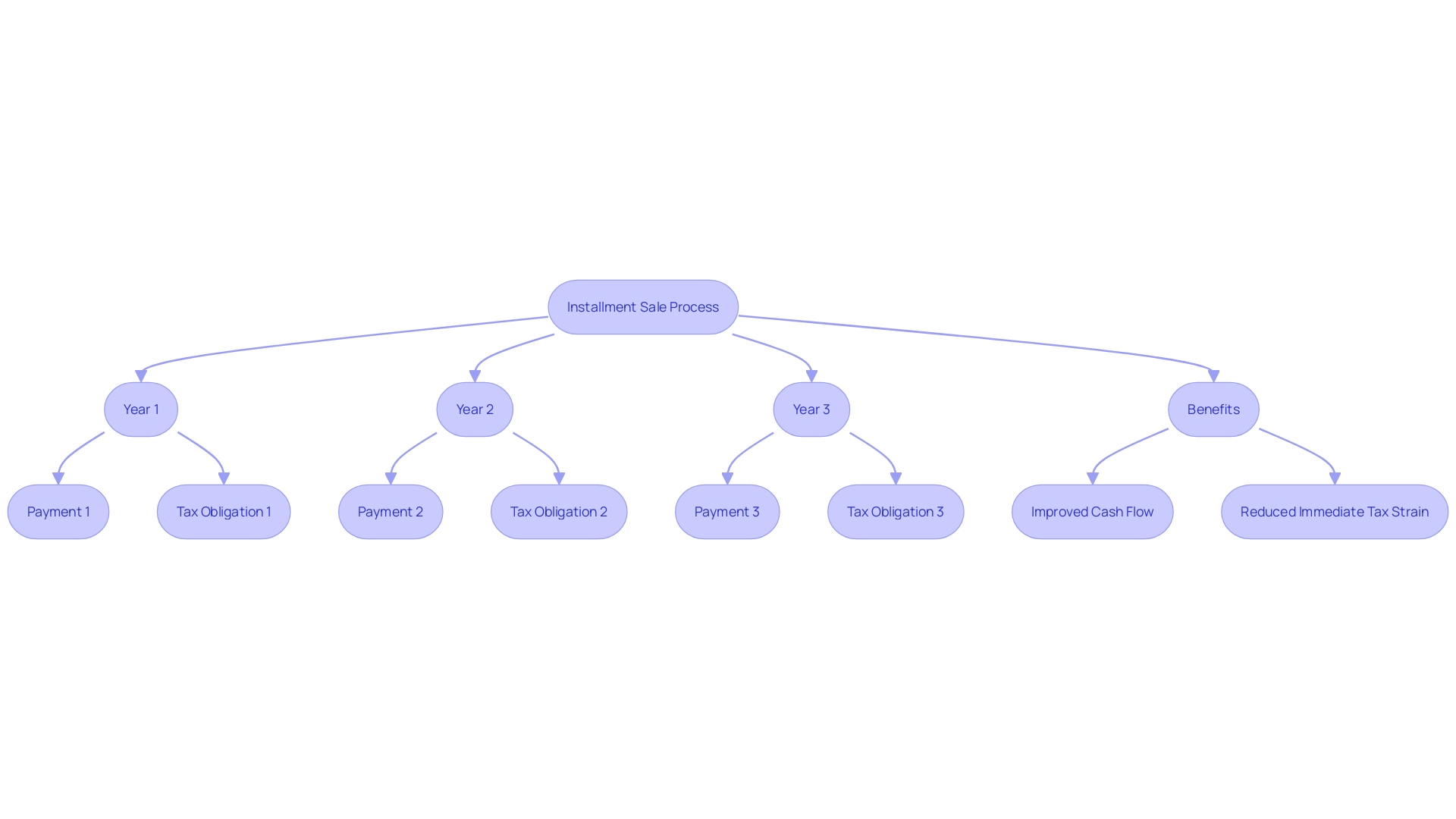
Negotiate a Stock Sale Instead of an Asset Sale
Choosing a stock sale, over an asset sale comes with tax benefits that both parties could enjoy for smoother transactions and tax advantages. Having flexibility can be helpful when it comes to growing the company's resources or obtaining important resources as needed. Moreover when current shareholders sell their stock in transactions they can benefit from receiving the proceeds directly instead of the company. These strategies can improve the selling process. Enhance financial results.
Sell the Business to Your Employees Through an ESOP
An Employee Stock Ownership Plan (ESOP) offers a choice for owners seeking to sell their company while considering tax benefits. By shifting ownership to staff and fulfilling requirements, you may postpone settling profit taxes. This process includes reinvesting the profits into ventures thereby reducing your tax obligations. With than 6 500 ESOP plans, across the United States encompass ing approximately 14 million workers this approach not only offers financial benefits but also cultivates a culture of ownership and motivation within the workforce. Jim Bonham from the ESOP Association emphasizes the increasing appeal of employee ownership, in addressing wealth and income inequality concerns by offering ESOP solutions that align the interests of workers and employers during the process of selling a business.
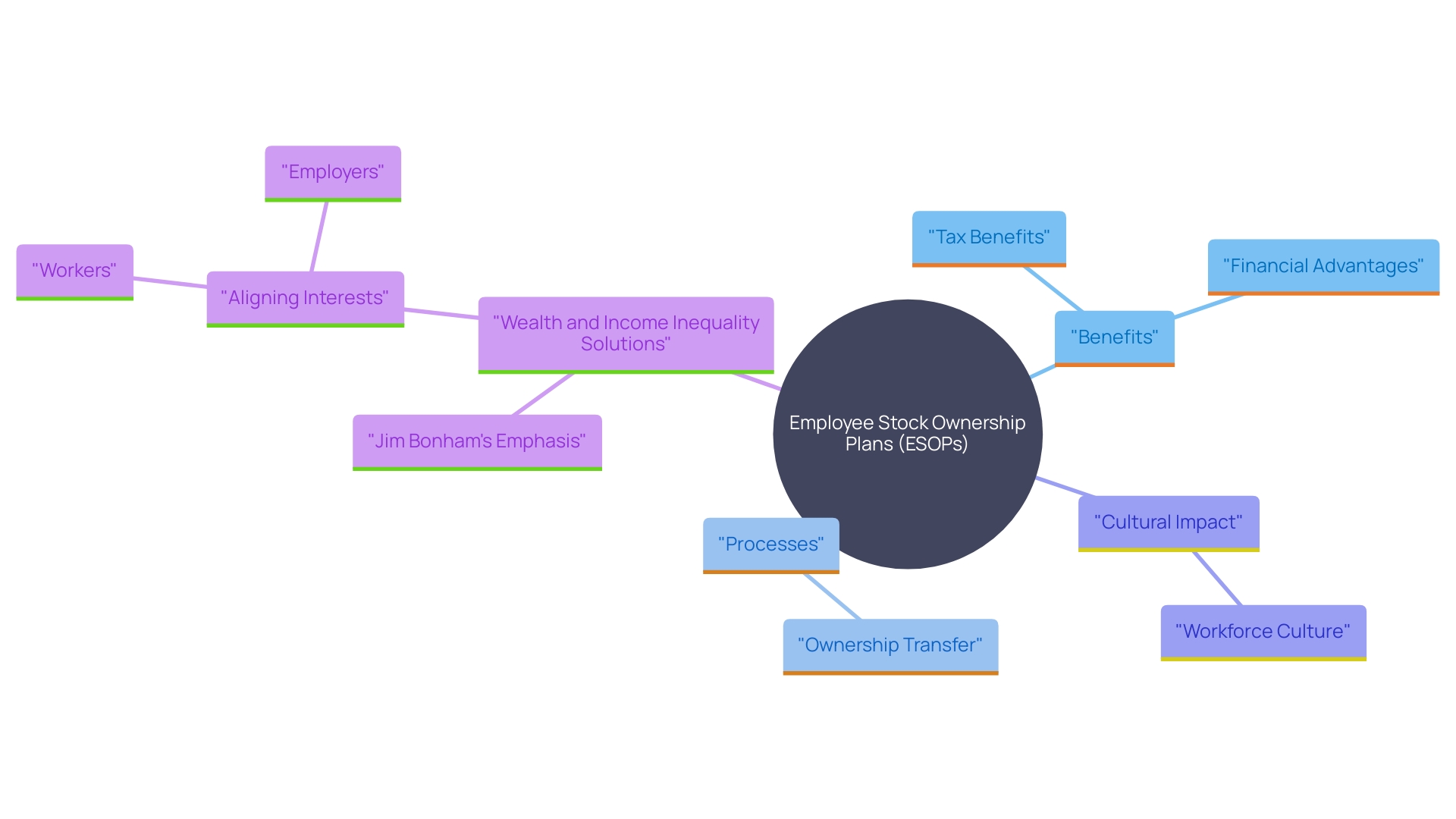
Reinvest into a Qualified Opportunity Fund (QOF)
Placing your earnings from investments into a Qualified Opportunity Fund (QOF) can offer tax benefits, particularly when reinvested from assets held for more than a year. These funds have been receiving interest since their introduction in 2017, aimed at enhancing economic growth in certain areas by providing appealing tax incentives to investors. By reinvesting in a QOF, you can delay paying taxes on profit increases until you sell the investment. Furthermore, it is essential to recognize that, by retaining the investment for a duration, you may be able to reduce or even entirely evade future profit taxes altogether. Considering these investments at this moment is as certain provisions are set to expire soon; their advantages continue to be convincing despite the imminent deadlines.
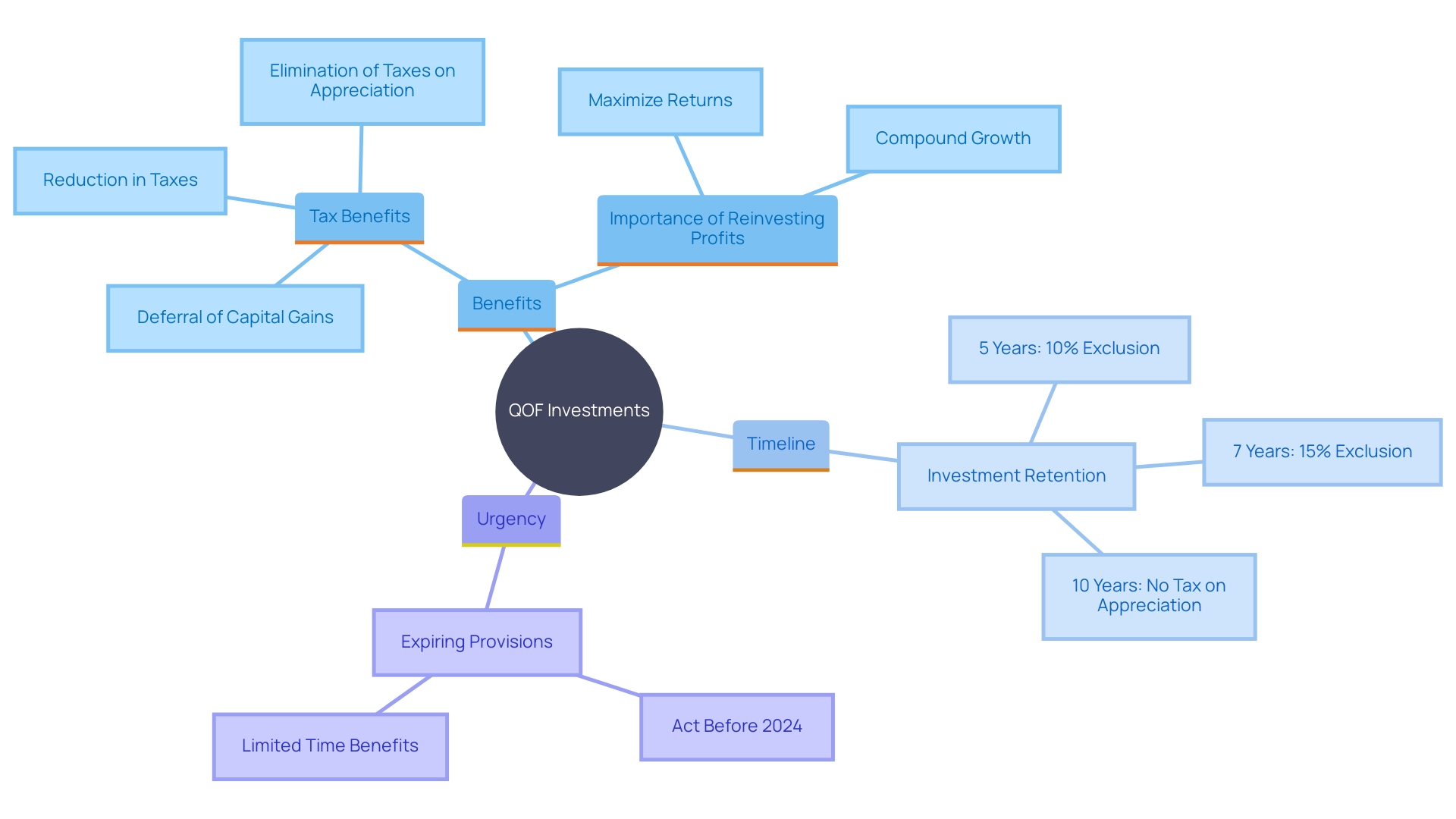
Use a Charitable Remainder Trust (CRT)
Establishing a Charitable Remainder Trust (CRT) offers an opportunity to donate a portion of your enterprise to charity and receive financial benefits simultaneously. With a CRT in place you can enjoy an income flow for a set duration. Be it for your lifetime or that of another beneficiary, like your spouse. The income you receive can. Be fixed or fluctuate depending on a portion of the trusts assets. 'This arrangement not only reduces your taxable income but also enables you to avoid paying taxes on the portion of the enterprise you give to charity.'. A double advantage that appeals to business owners seeking to contribute to charitable causes while securing their financial well being.
In 2022 Americans generously gave a remarkable $499 billion to various charities through individual donations totaling $319 billion. Embracing a Charitable Remainder Trust (CRT) presents an opportunity to be part of this charitable momentum and safeguard your financial stability. Upon the trusts term completion the remaining assets are passed to your chosen charity ensuring your philanthropic aspirations are fulfilled.
Establishing a Charitable Remainder Trust (CRT) does incur some expenses as you will need to prepare a tax return for the trust to handle profits and dividends appropriately. However, the tax advantages and the chance to support causes that are important to you can surpass these expenses. This method allows you to create a legacy that supports your family and the charitable organizations you want to help.
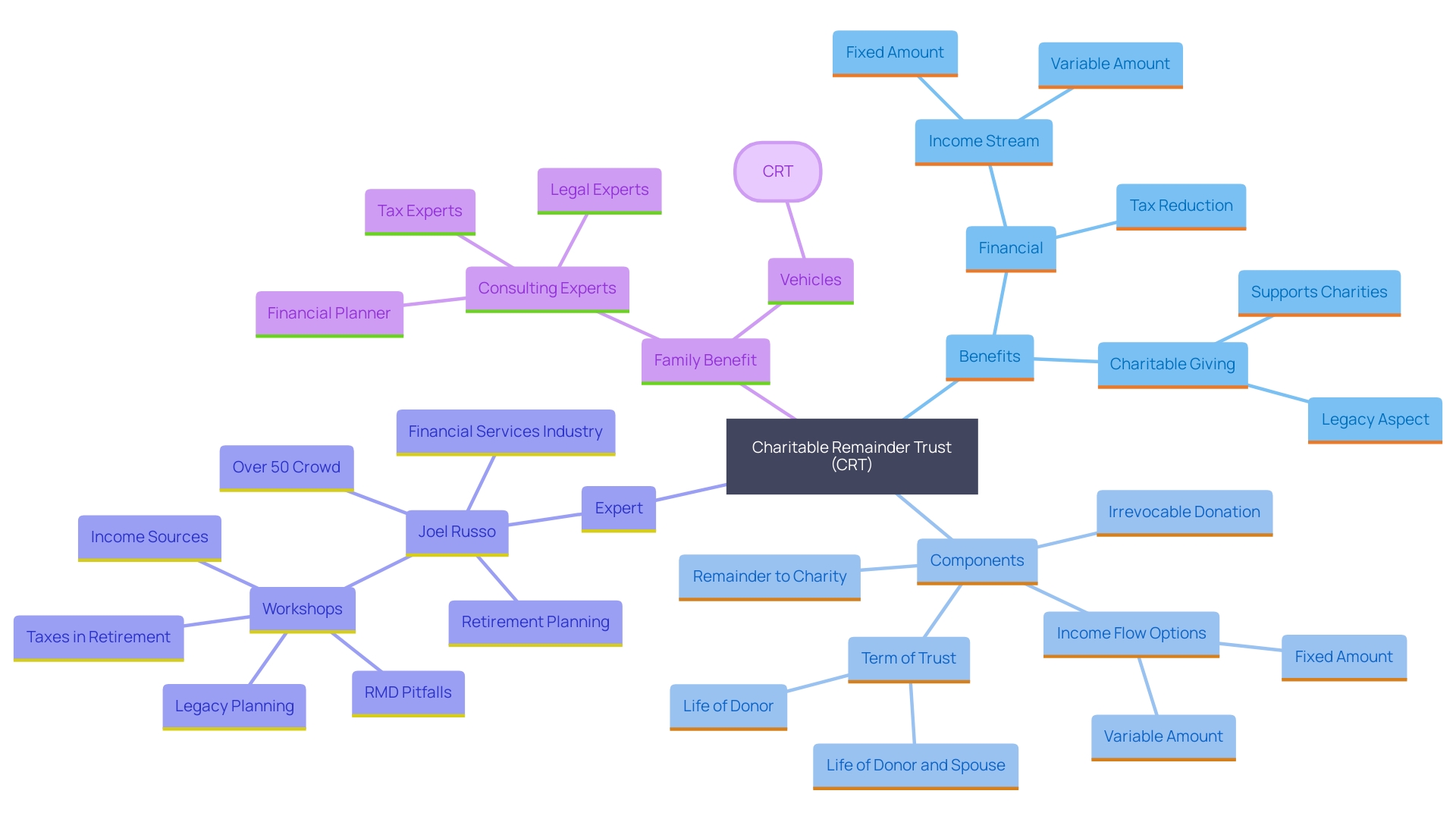
Opt for Rollover Equity
Roll over equity presents an opportunity to reinvest a portion of your sale profits back into the acquiring company without activating capital appreciation duties right after the sale occurs. By doing this you not only postpone paying taxes on your profits but also keep your ownership stake in the venture. In terms you get to enjoy the companys growth while also cutting down on your tax bill at the moment.
The concept resembles how secondary stock transactions operate in private companies; founders and investors sell shares to generate capital and align their interests with the new owners by reinvesting through rollover equity to foster a cooperative environment essential for a seamless transition process. This collaboration is crucial in managing the financial complexities of selling an enterprise and ensuring that both parties work towards an outcome that benefits all involved.
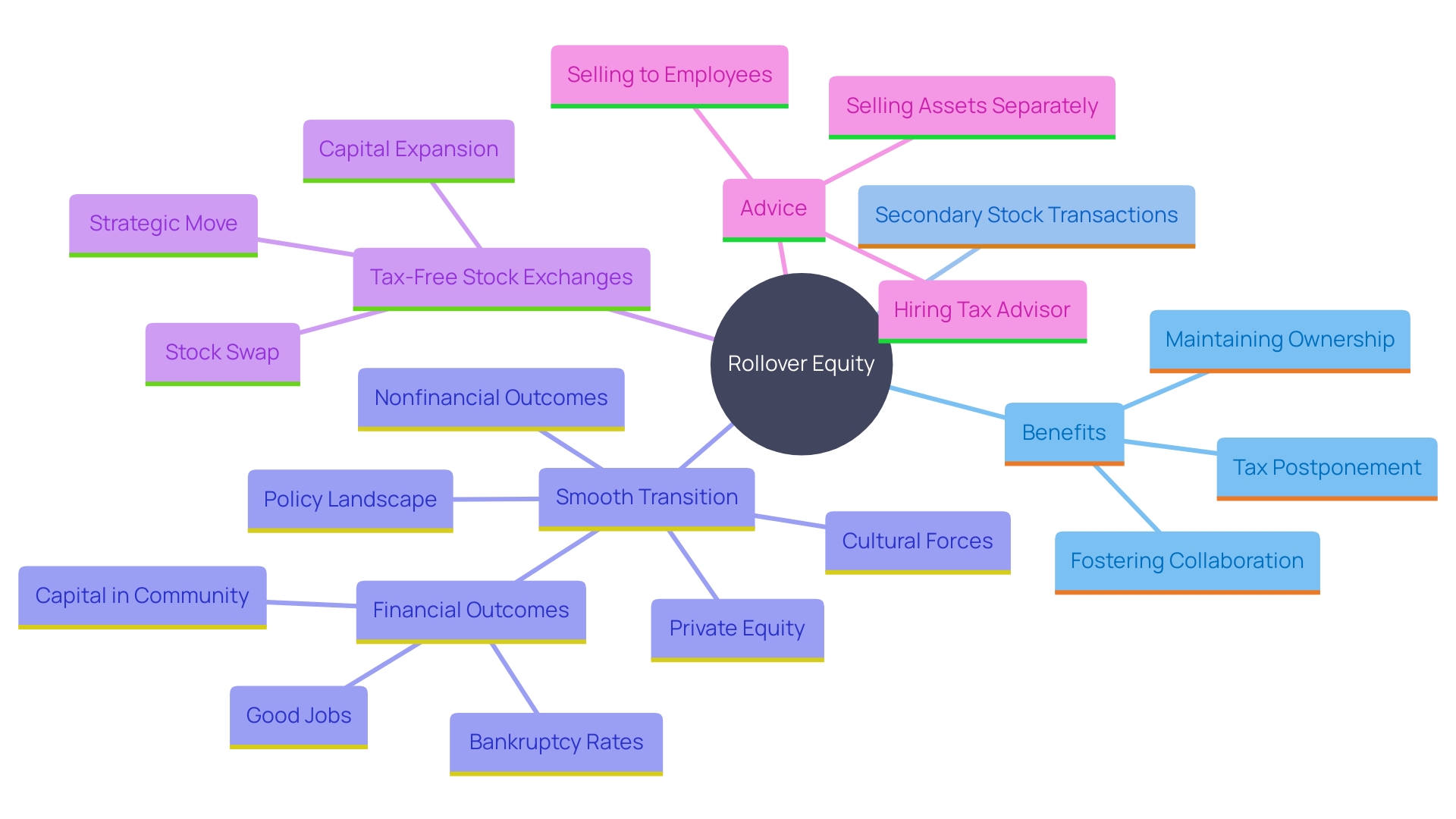
Relocate the Business to a Different State Before the Sale
Relocating your enterprise to a region with lower tax rates on profits before executing a sale could impact your earnings positively. It's worth exploring areas like Texas, as they have successfully drawn over 25,000 companies within nine years (2010 to 2019) due to their tax regulations for enterprises. Texas distinguishes itself because of its location and closeness to major cities, along with the appealing incentives it provides. Furthermore, the lack of income tax in some top states highlights the benefits of such a choice. Certainly! "It's important to make sure you follow the rules in your area and that moving aligns with your plans effectively," advises Stephanie Wells of Formidable Forms Thinking ahead to where your company will be, in five or ten years is key when deciding."
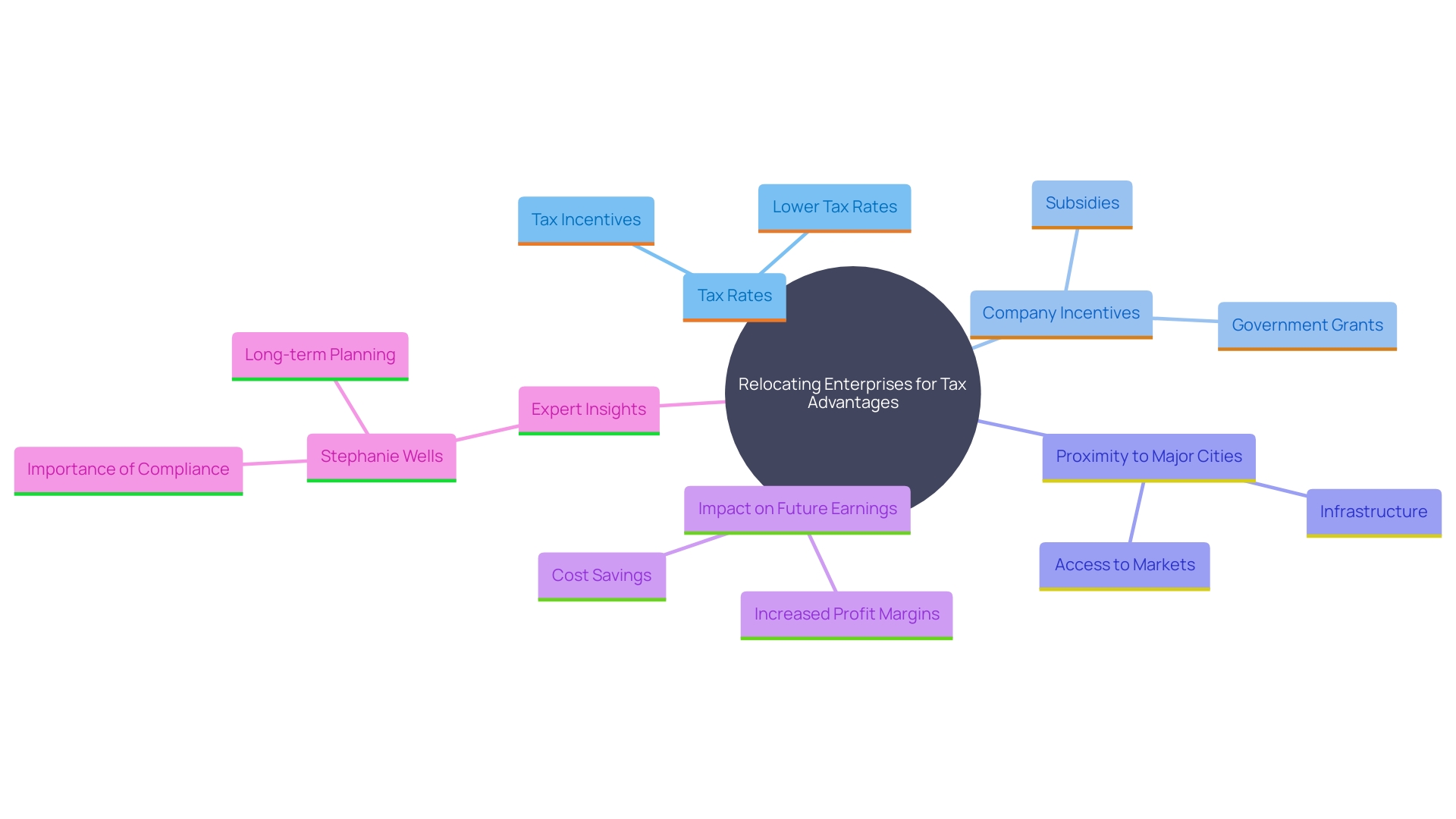
Utilize Qualified Small Business Stock (QSBS)
If your company falls under the category of a Qualified Small Business entity and meets criteria under specific circumstances; you might be able to avoid paying taxes on a significant portion of profit gains. Resulting in potential tax savings that can give you a substantial financial edge. Under the Tax Cuts and Jobs Act of 2017 (TCJA), entities structured as pass-throughs like proprietorships and partnerships are entitled to a 20% tax deduction for qualified income. 'Considering factors such as the type of operations and the wages provided to personnel, alongside investments made in assets; understanding and applying these tax advantages could greatly influence your results by allowing you to retain a larger share of your profits and reinvest them into broadening your opportunities.'.
Consider a 1031 Exchange for Real Estate
'When it pertains to enterprises associated with property dealings, a 1031 exchange offers a method for postponing the payment of profit tax responsibilities.'. The main concept is to reinvest the money obtained from selling your property into another one to defer the fees on any profit you earn and improve your investment prospects. However¸ it's crucial to adhere to timelines. You must pinpoint the property you plan to buy within 45 days of selling your old one¸ and complete this purchase within 180 days. In addition, to that requirement you must hire a certified party to oversee the funds from the transaction resulting in extra expenses.
In the realm of real estate transactions lies an intriguing option known as the 1031 exchange method. A strategy enabling individuals to obtain a new property prior to selling their current one. This approach proves handy in bustling real estate markets where prime replacement properties may swiftly disappear from the market scene. Although it provides flexibility compared to traditional exchanges it does introduce additional layers of intricacy into the overall process. As underscored by Derek Long Senior Wealth Manager, at Eckard Enterprises the reverse 1031 exchange affords investors the opportunity to secure a property before parting ways with their existing investment property. In a real estate market where you locate a perfect new property before selling your current one is when this method comes in handy. Typically in a 1031 exchange scenario you would sell your property first. Then buy a new one with the proceeds. However in a reverse exchange situation the order is flipped around providing investors with flexibility. Also introducing some added complexity.
To make informed decisions that match your investment strategy and market conditions effectively requires a thorough grasp of both standard and reverse 1031 exchanges intricacies.
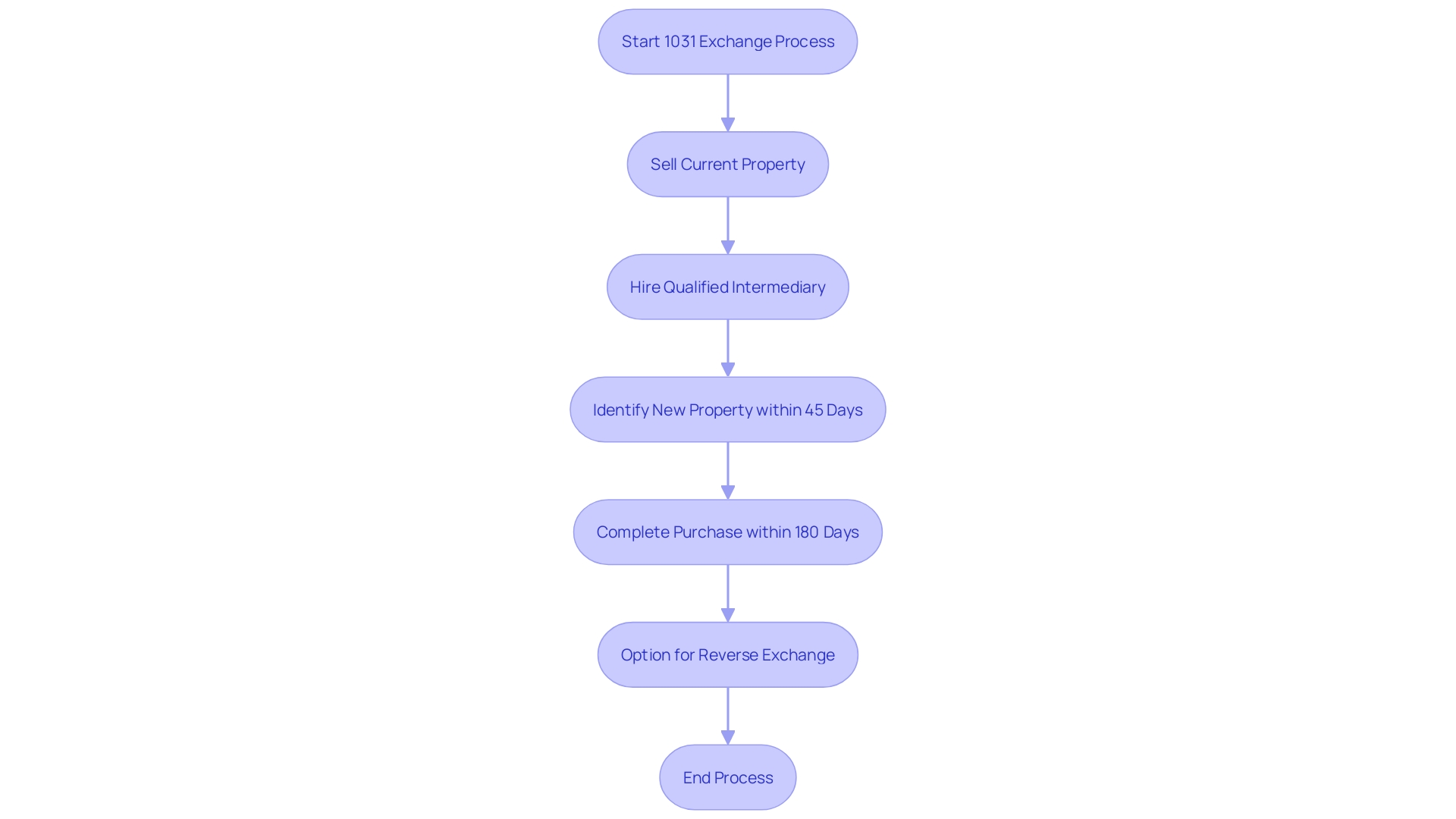
Post-Sale Charitable Gifts
Contributing funds to organizations after selling your company not only supports the initiatives you value but also provides financial advantages that can lessen the liabilities you have from the profits of the sale of your company. Contributing shares that have appreciated to a nonprofit organization that is free from levies can offer even greater benefits by circumventing profit charges that would be incurred if you sold the shares. This strategy allows you to exchange stocks with an original purchase price for ones that are currently worth more in the market without having to pay capital gains tax while also making a significant contribution, to charity. Being generous strategically doesn't just help with your taxes. Also promotes positive relationships and strengthens community bonds while enhancing the emotional rewards of giving back to others. Don't forget that to avail of these tax benefits make sure your donations are made to organizations recognized by the IRS and maintain detailed records of your contributions.
Conclusion
Navigating the intricacies of capital gains tax implications in selling a business may seem overwhelming at glance; however grasping and implementing sound strategies can result in substantial financial benefits. Whether it involves retaining ownership of the business for, than a year to capitalize on reduced tax brackets or leveraging installment sales to enhance cash flow management each tactic presents distinct advantages that can help alleviate tax responsibilities.
Considering alternatives like Employee Stock Ownership Plans (ESOPs) well as Qualified Opportunity Funds (QOF) not only offers chances for deferring taxes but also supports larger economic objectives by promoting a sense of ownership among employees.In addition, to that charitable remainder trusts and post sale donations offer a two advantage by enabling business owners to support important causes while simultaneously lessening their tax liabilities.
In the endgame of selling a business profitably lies in being proactive. Seeking advice from tax experts and exploring options like moving or reinvesting can give business owners the edge they need for a successful sale process outcome with higher returns and fewer tax burdens on their shoulders. By embracing these methods smartly crafted for entrepreneurs benefit than leaving it all up to chance or luck in the market can lead to a prosperous tomorrow. Proving that informed choices pave the way, for favorable results.




